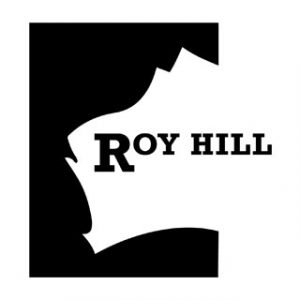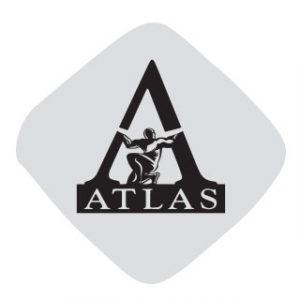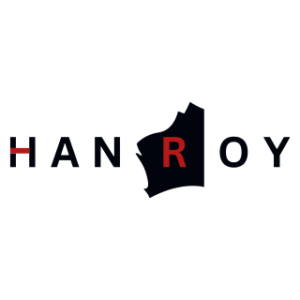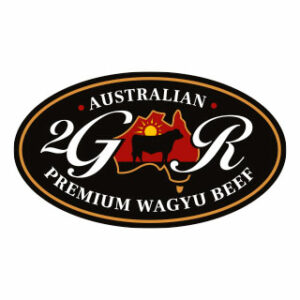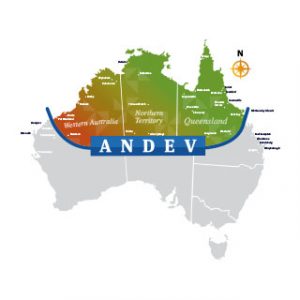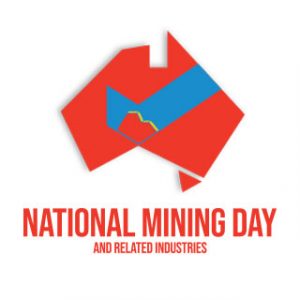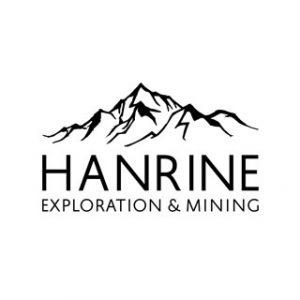After the soul searching and subsequent rebuilding following a dismal London Olympics, Rowing Australia will now be marked on its new direction.
Today on the bumpy, salty and often windy waters of Rio’s stunning Lagoa lagoon, Australia’s big guns take to the water — looking to bring home the gold the class of 2012 failed to achieve.
World champion single sculler Kim Brennan is top of the list, followed by the men’s quadruple sculls crew of Karsten Forsterling, James McRae, Cameron Girdlestone and Alexander Belonogoff
and the men’s pair, Alex Lloyd and Spencer Turrin.
“We’re in it for medals — we’re looking for performances out of all of our crews,” head coach Chris O’Brien said.
In London, the return from 13 boats was three silver and two bronze. This time there are eight crews, but O’Brien says it’s a case of quality not quantity.
“By the time we got to London, we only had one boat that was truly in gold medal contention — the men’s four,” he said.
“Our belief this time is we’ve got more than just the one boat capable of delivering gold.” Driven by London disappointment, Rowing Australia has reinvented itself.
New chairman Rob Scott has broken down the decentralised model that largely had athletes and coaches training in isolation around the country.
This overhaul included a threemonth camp in Canberra courtesy of the deep pockets of the nation’s most generous sports philanthropist, Gina Rinehart.
The camp was a first in the annals of Rowing Australia, and helped unify the team.
The organisation also moved to bring a touch of cricket’s baggy green tradition and history to the sport, when in October it launched the McVilly-Pearce pin. to recognise all its athletes who
have represented the nation at the highest level. The pin is named for the first rower to represent Australia and the first to win gold.
“One of the lessons we learnt from London was the retention of personnel in boats — particularly some of our smaller boats,” O’Brien said.
“We almost went from year to year reinventing ourselves.
“What we’ve invested in this cycle is trying to get greater performance knowledge over the Olympic cycle and not putting those boats out without enough knowledge about what they are capable of.
“It’s almost been about allowing some boats to go out and get some races wrong, then to get some races right and then to front up at the Olympic Games.
“This is what we need to do to deliver our best performance.”
Practical steps have also been added — the athletes for the first time flew into town business class and, unlike their competition, have been housed in a hotel minutes from the venue to avoid the heavy traffic on the 30km drive from the athletes village.
They’ve also been given plenty of time to get used to the challenges of a natural course.
“It’s a saltwater course which adds buoyancy so we’ve made sure we’ve had time to adjust to that,” O’Brien said.
All the homework has been done. The exam begins today.

